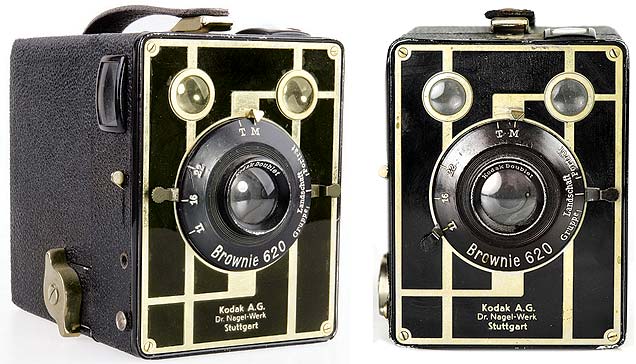Catatonic
Nine Lives
I like people like that ... I crush them in competitions! 
I assume you mean cropping or deleting elements from a picture since a jpg is a processed image by an engineer at Canon, Nikon, etc. Images straight out of the camera are really crappy looking and get relegated to the reject bin unless the impact or subject is strong.
I shoot "RAW and jpg" and the jpg is a throw away except for viewing on a PC without a RAW viewer.
I don't know anyone that does not do post-processing of their images except my students and the first thing I do is get them to shoot RAW and how to do curves and sharpening.

I assume you mean cropping or deleting elements from a picture since a jpg is a processed image by an engineer at Canon, Nikon, etc. Images straight out of the camera are really crappy looking and get relegated to the reject bin unless the impact or subject is strong.
I shoot "RAW and jpg" and the jpg is a throw away except for viewing on a PC without a RAW viewer.
I don't know anyone that does not do post-processing of their images except my students and the first thing I do is get them to shoot RAW and how to do curves and sharpening.




